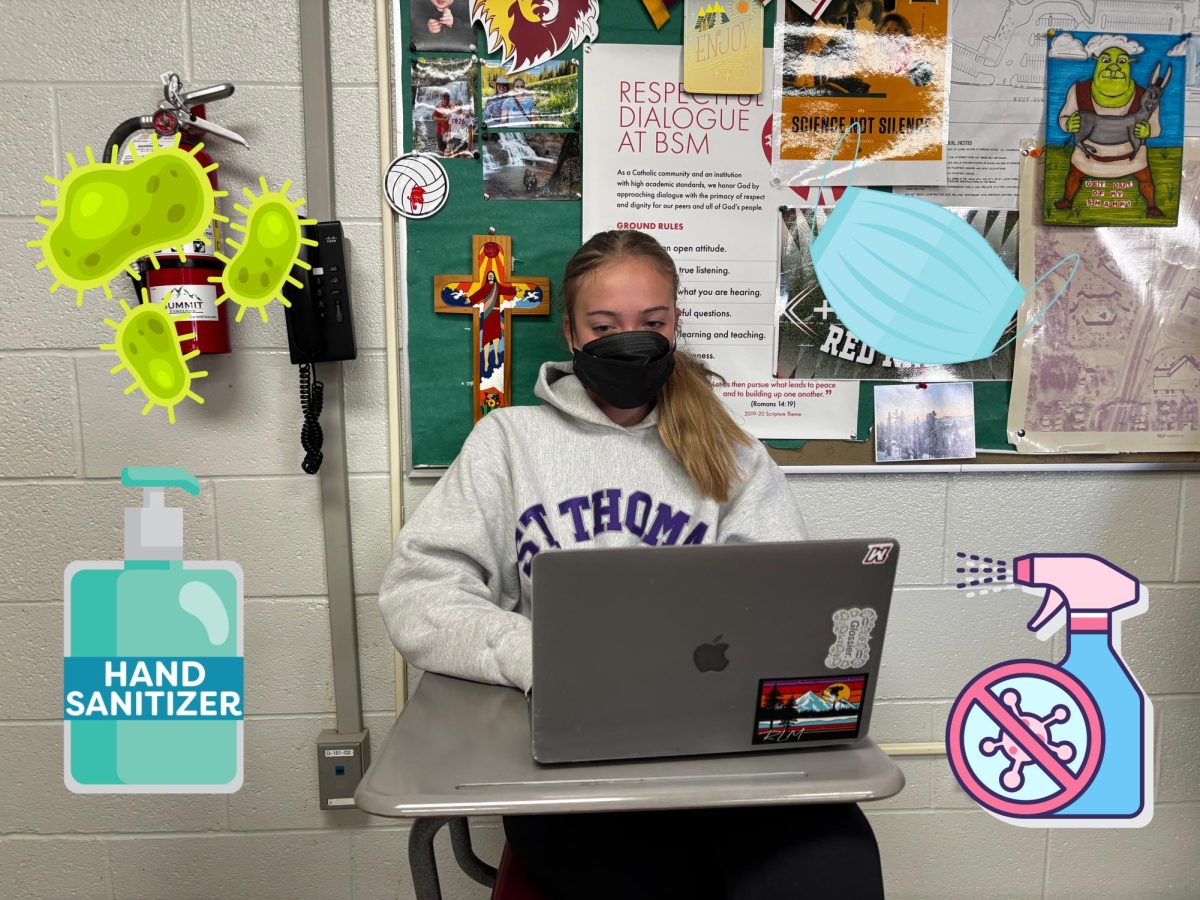When you download a barely-in-print, fifty minute, documentary by some director with misspelled first and last names you can’t go into the experience looking for gloss and glitter. This film is gritty, replete with cheesy font subtitles, shaky camera action, and over twenty minutes total of ugly crying footage. There are low-budget documentaries, and then there are low-budget-why-didn’t-you-wait-until-you-had-the-money-because-this-is-still-a-really-interesting-premise documentaries. “On the Edge” is the latter of the two.
Directed by unknown activist/filmmaker/musician/artist Steev Hise, “On the Edge” documents the years after a highly publicized mid-nineties femicide that took place in the corrupt border town of Ciudad Juarez.
Outraged by the unsolved murders of nearly 400 women (mainly textile workers), an ecclectic group of family members and activists use their detailed accounts and compelling arguments to indict the perpetrators, insinuating that the owners of maquiladoras (sweat-shop type establishments) may have had a role in the deaths.
From that point on the real story unravels, Hise provides compelling background information regarding the systems in place—economic, social, and cultural—that allow this type of crime to go untried. The unfortunate thing is if you don’t know much about Latin American culture, this part will fly right over your head. His assumption that most people have a rudimentary understanding of Mexican societal norms may be well founded in his southern California test audiences, but may come back to bite him now that the DVD is finally in print.
The story is interesting, but the film comes across as some kind of obscure project by an art-college student who understands the bare-bone mechanics of iMovie. I was motivated by the stories to look more into the history of Ciudad Juarez, but this was due in no part to the actual filmmaking. If I had just skipped to the last chapter of the film for his bibliography, I could’ve saved myself an hour of time and a bit of boredom.
Perhaps if Hise had waited a bit longer—maybe solicited some more investors to get involved in his project—the film would be a bit more palpable. The upside is that the film is available free of charge. Just go to illegal-art.net; don’t worry, it’s actually legal. So if you’re looking for a Spanish extra-credit project, or are just motivated (more so than I) to stay extremely well versed in social justice issues, this is probably for you.




































![Teacher Lore: Mr. Hillman [Podcast]](https://bsmknighterrant.org/wp-content/uploads/2025/03/teacherlorelogo-1200x685.png)




